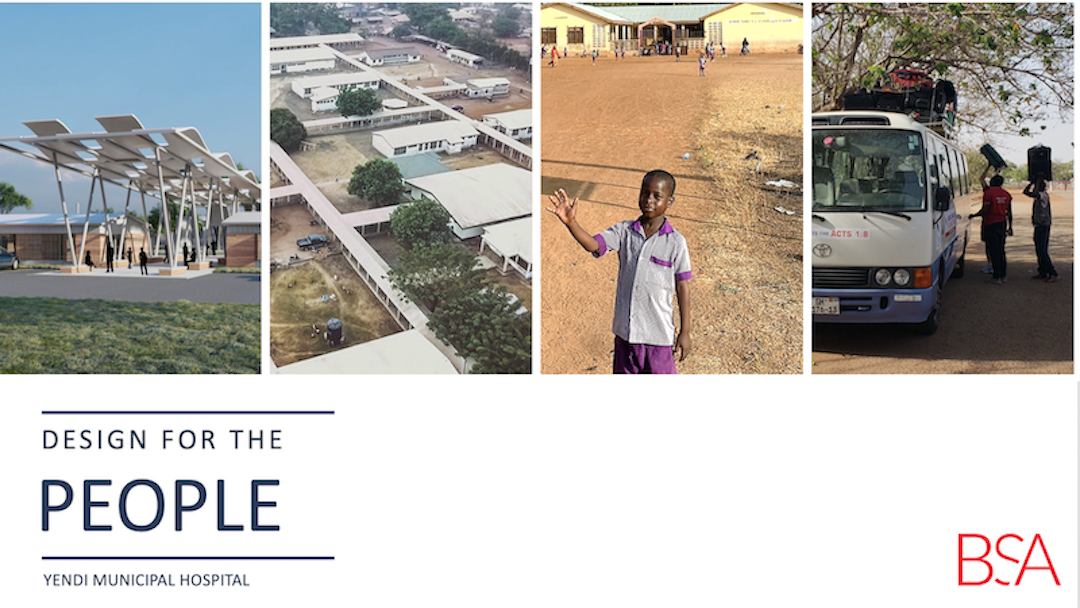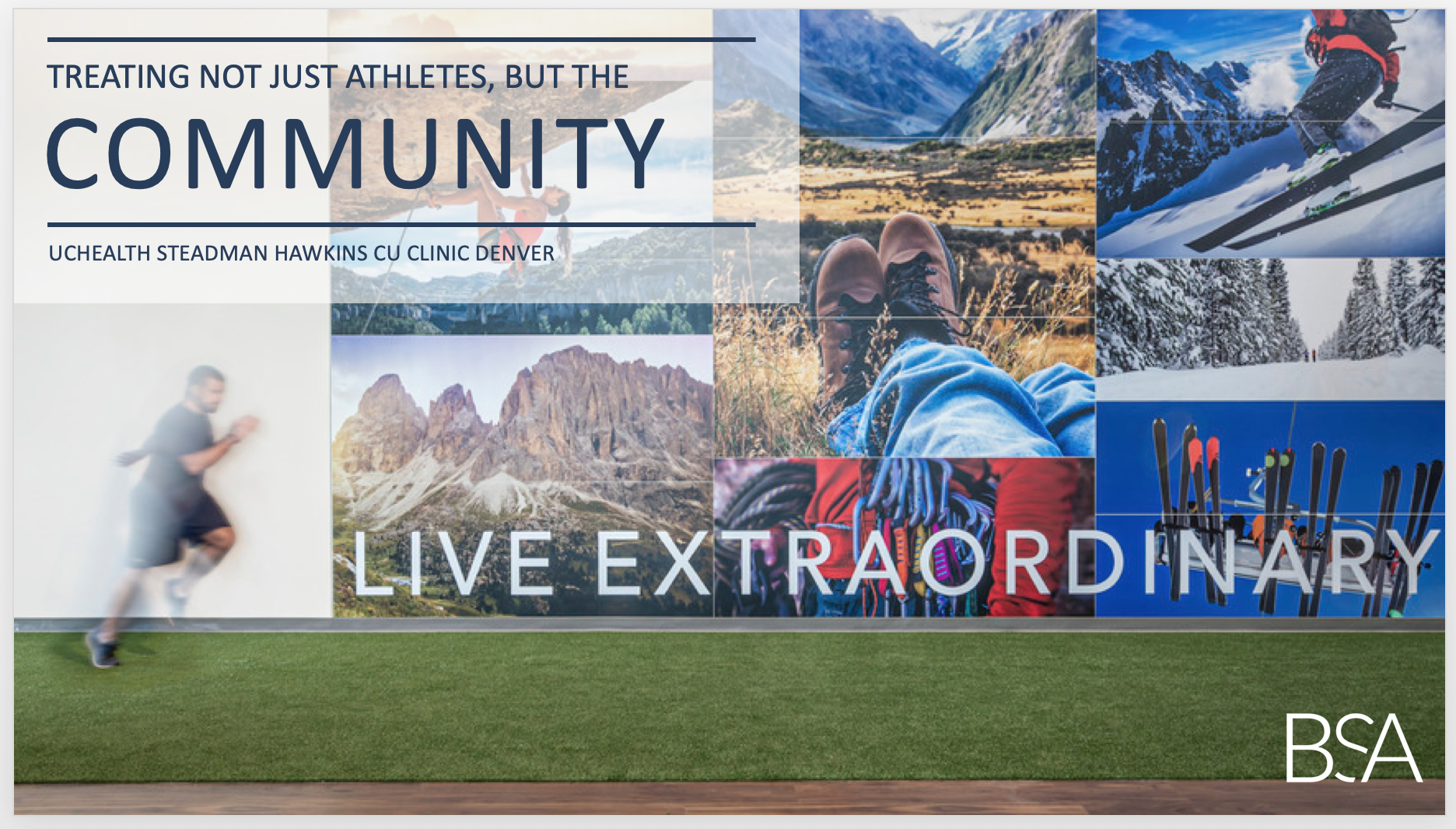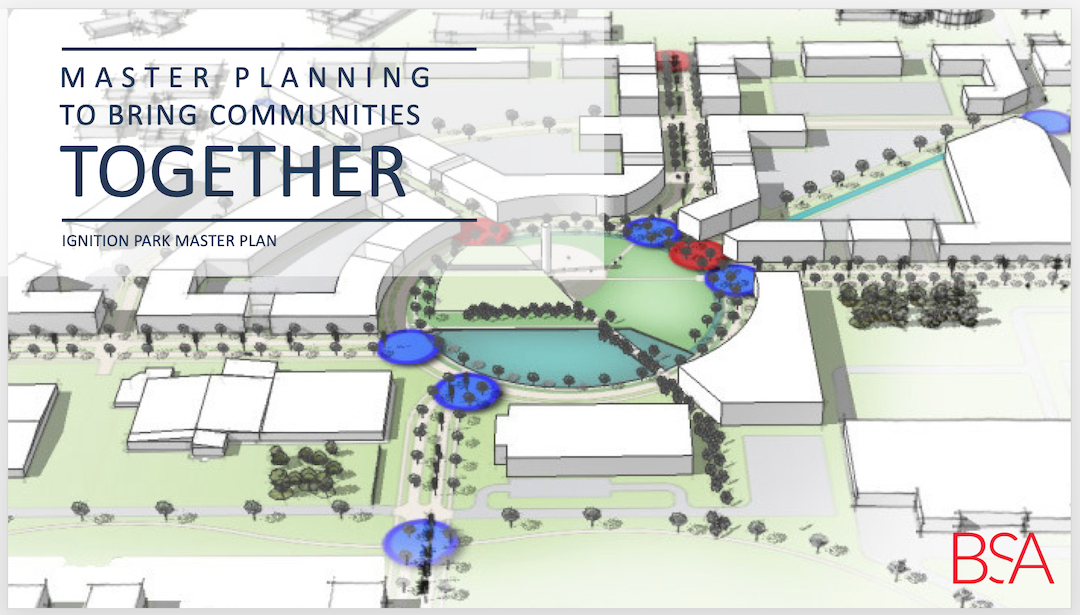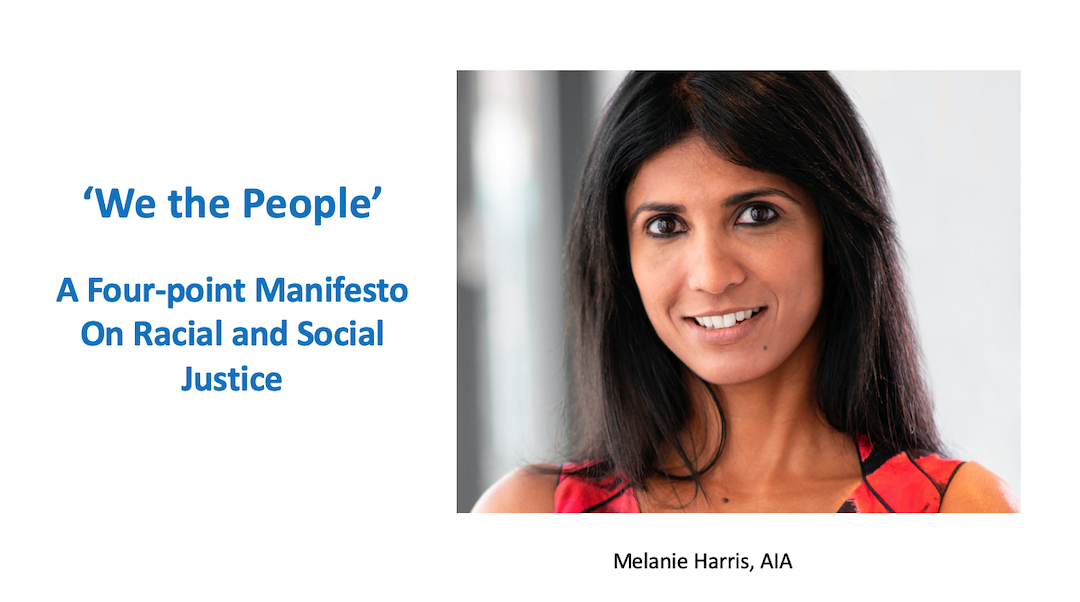I am an architect. I am also a woman of color.
As a brown woman, and now a citizen who emigrated to the United States from India 17 years ago, the recent unrest in our country following the death of George Floyd has made me pause and think about the role of architecture and architects in building a world that not only encourages but demands equity through design.
I was reminded of that day almost two decades ago when I made the 9,000-mile journey from my home in Thiruvananthapuram, the capital of the southwestern state of Kerala, to San Francisco with my younger sister in tow. My mother, who had always been my biggest champion, passed away when I was 15; my father – recently retired from the Indian army – had remarried and was living in San Francisco with my new stepmother and stepsiblings.
As a 19-year-old in charge of a 14-year-old, travelling across continents, I was anxious about all the layovers and connections I had to make, nervous about misplacing the $100 bill my father had entrusted me with, afraid of ordering the wrong meals and drinks on the flight, curious about my new family, but most of all excited about new beginnings. I didn’t stop to consider things like my accent, the color of my skin, the way that I pronounced certain words (my Vs have always sounded like Ws), and my minimal knowledge of American culture.
'I HAD OPPORTUNITIES, AN EDUCATION, A CAREER'
I have been fortunate, even with my differences, to avoid the depth of discrimination so many in this country face. I had opportunities that not everyone does. My parents worked hard to make sure we had comfortable lives and were able to pay for college, even if it meant we had to work hard for scholarships and supplement their contributions with employment while we attended school. Having studied English in schools in India, my transition into American life was smoother than for many who immigrate to this country. I had an education that led me toward a career in architecture, one that is fulfilling and allows great vertical growth. Not everyone is as fortunate.
Even with all the benefits I had, I continued to confront and stand up against the multitude of insidious forms of discrimination – in India and here in the U.S. In India where fairer complexioned women are sought out for marriage, it was the color of my skin. Being naturally darker in complexion, I can still remember the snide comments comparing me to my fairer sister. In India, my independence as a woman was seen as an affront to the patriarchal system that still rears its ugly head. In the U.S., I initially ignored the seemingly small but telling instances of sexism and ageism, later vowing to stand up against it. But I never experienced racism.
As we speak of the systemic racism against minorities in our country, let us consider the true meaning of humanity: our ability to love, show compassion, and use creativity to advance the human race. Every one of us can express this humanity in many different ways. I express mine through my profession.
ARCHITECTURE AS 'A PLACE OF HUMANITY'
Throughout history, the one thing architecture has always represented is a place of humanity. Architects and engineers are tasked with designing spaces that in the very root of their existence strive to provide for those in need of comfort, respite, healing, faith, and justice.
Too often, the true essence of design gets lost or ignored in the milieu. In many communities, disenfranchised people of color are the least served, be it in adequate healthcare facilities and services, housing that they can afford, or educational opportunities. It is time for us to fight for equity.
The profession of architecture uses data, statistics, and information, translating these factors into a creative, visual homage to life on earth. Our profession also takes the basic psychological and safety components of Maslow’s hierarchy – shelter, personal security, resources, and health – and transforms them into love and belonging, esteem, and ultimately self-actualization.
When we deprive people of their basest needs, we are wrenching away their hopes of achieving all the higher needs. Without the feeling of belonging, esteem, and the drive to become our best selves, we can become consumed by an eternal cycle of disenfranchisement and dissolution.
'WE MUST USE OUR VOICES TO EDUCATE AND ADVOCATE'
As architects, we must use our voices to educate, advocate, and demand a say in the future of our world. We are leaving legacies that define a narrative too important to ignore. The buildings we design become vessels of a collective consciousness.
To see architecture in the sum of its parts is paramount. Here’s how we can do that:
1. DESIGN FOR THE PEOPLE
We have been taught to design to the context, a varied array of constraints, and to the site. But let us also start designing to those who use the space. For example, in certain economically impoverished areas, it is important to provide larger waiting areas in clinics than is the industry standard. This allows larger families with siblings and grandparents to attend appointments with the primary patient when childcare is too expensive or not available.
Understanding the people who use the space and the way the space will be used has such value in design, yet it is often overlooked for aesthetics, budget constraints, or schedule demands.

2. EMPOWER THE PEOPLE
We must inspire neighborhoods to take pride in improving their quality of life. Instead of allowing gentrification that forces out a community’s indigenous residents, we must add resources that allow them to invest in the future of their neighbors and their community.
Programs such as urban farms operated and used by the community, sustainable initiatives providing green energy sources at a discount, increased access to education specific to preventive healthcare and well-being, and community art and upgrade programs allowing neighbors to define their surroundings are all great means to accomplish this. This is how self-worth can be nurtured. Architecture is one important tool that can help accomplish this.

3. STAY INVESTED IN THE COMMUNITY
More often than not, architects and designers are removed from the job once the project is complete and occupied. Like doctors’ follow-up visits, we should endeavor to conduct post-occupancy evaluations – particularly in impoverished neighborhoods and on projects that deeply affect the community, such as clinics, hospitals, schools, and housing – and take any necessary corrective action to make sure our buildings serve all the people for whom they were designed, not just owners or clients.

4. STRIVE FOR INCLUSION
We must locate and design accessible public spaces for people of all races and economic standings. Instead of using parks and plazas as a tool to separate, we must see these as opportunities to engage and integrate. Design has the power to address concerns regarding safety and security. We must not allow these concerns to prevent us from doing what is right.
It is our responsibility as architects to empower neighborhoods, those we live in and those we touch through our work. Imagine the collective power of a group that weaves a community’s and a nation’s urban fabric. Let’s understand the importance of established minority neighborhoods. Let’s learn how to work with the local community by providing the proper resources and support to enhance a community and meet its needs. Let’s help every human being achieve his or her best self.

I cannot wait for the day when, regardless of race, sex, gender, or economic status, we all have equal rights to safety, security, a sense of belonging, and self-value. The very first words of our Constitution are “We the People of the United States.” Our country cannot move forward until there is equity for all of its citizens. At the very foundation of our democracy is the right to shape our future for the betterment of all the people. As leaders in the building industry, we have a professional and moral obligation to use our skills and training to achieve this goal, now more than ever.
ABOUT THE AUTHOR: MELANIE HARRIS, AIA
Melanie Harris, AIA (mharris@bsalifestructures.com), is the National Healing Practice Director for BSA LifeStructures, a full-service architecture and engineering firm. She is a graduate of Texas A&M University and when not in Tampa, she travels the world in search of new experiences, unique foods, and architecture.
Related Stories
Architects | Apr 6, 2023
New tool from Perkins&Will will make public health data more accessible to designers and architects
Called PRECEDE, the dashboard is an open-source tool developed by Perkins&Will that draws on federal data to identify and assess community health priorities within the U.S. by location. The firm was recently awarded a $30,000 ASID Foundation Grant to enhance the tool.
Architects | Apr 6, 2023
Design for belonging: An introduction to inclusive design
The foundation of modern, formalized inclusive design can be traced back to the Americans with Disabilities Act (ADA) in 1990. The movement has developed beyond the simple rules outlined by ADA regulations resulting in features like mothers’ rooms, prayer rooms, and inclusive restrooms.
Market Data | Apr 6, 2023
JLL’s 2023 Construction Outlook foresees growth tempered by cost increases
The easing of supply chain snags for some product categories, and the dispensing with global COVID measures, have returned the North American construction sector to a sense of normal. However, that return is proving to be complicated, with the construction industry remaining exceptionally busy at a time when labor and materials cost inflation continues to put pricing pressure on projects, leading to caution in anticipation of a possible downturn. That’s the prognosis of JLL’s just-released 2023 U.S. and Canada Construction Outlook.
Cladding and Facade Systems | Apr 5, 2023
Façade innovation: University of Stuttgart tests a ‘saturated building skin’ for lessening heat islands
HydroSKIN is a façade made with textiles that stores rainwater and uses it later to cool hot building exteriors. The façade innovation consists of an external, multilayered 3D textile that acts as a water collector and evaporator.
Market Data | Apr 4, 2023
Nonresidential construction spending up 0.4% in February 2023
National nonresidential construction spending increased 0.4% in February, according to an Associated Builders and Contractors analysis of data published by the U.S. Census Bureau. On a seasonally adjusted annualized basis, nonresidential spending totaled $982.2 billion for the month, up 16.8% from the previous year.
Sustainability | Apr 4, 2023
ASHRAE releases Building Performance Standards Guide
Building Performance Standards (BPS): A Technical Resource Guide was created to provide a technical basis for policymakers, building owners, practitioners and other stakeholders interested in developing and implementing a BPS policy. The publication is the first in a series of seven guidebooks by ASHRAE on building decarbonization.
Sustainability | Apr 4, 2023
NIBS report: Decarbonizing the U.S. building sector will require massive, coordinated effort
Decarbonizing the building sector will require a massive, strategic, and coordinated effort by the public and private sectors, according to a report by the National Institute of Building Sciences (NIBS).
Education Facilities | Apr 3, 2023
Oklahoma’s Francis Tuttle Technology Center opens academic center for affordable education and training
Oklahoma’s Francis Tuttle Technology Center, which provides career-specific training to adults and high school students, has completed its Francis Tuttle Danforth Campus—a two-story, 155,000-sf academic building. The project aims to fill the growing community’s rising demand for affordable education and training.
Sports and Recreational Facilities | Mar 30, 2023
New University of St. Thomas sports arena will support school's move to Division I athletics
The University of St. Thomas in Saint Paul, Minn., last year became the first Division III institution in the modern NCAA to transition directly to Division I. Plans for a new multipurpose sports arena on campus will support that move.
Warehouses | Mar 29, 2023
Construction completed on Canada’s first multi-story distribution center
Construction was recently completed on Canada’s first major multi-story industrial project, a distribution center in Burnaby, British Columbia. The project provides infrastructure for last-mile delivery in a world where consumers have come to expect next-day and same-day delivery, according to Ware Malcomb, the project's architect of record.

















